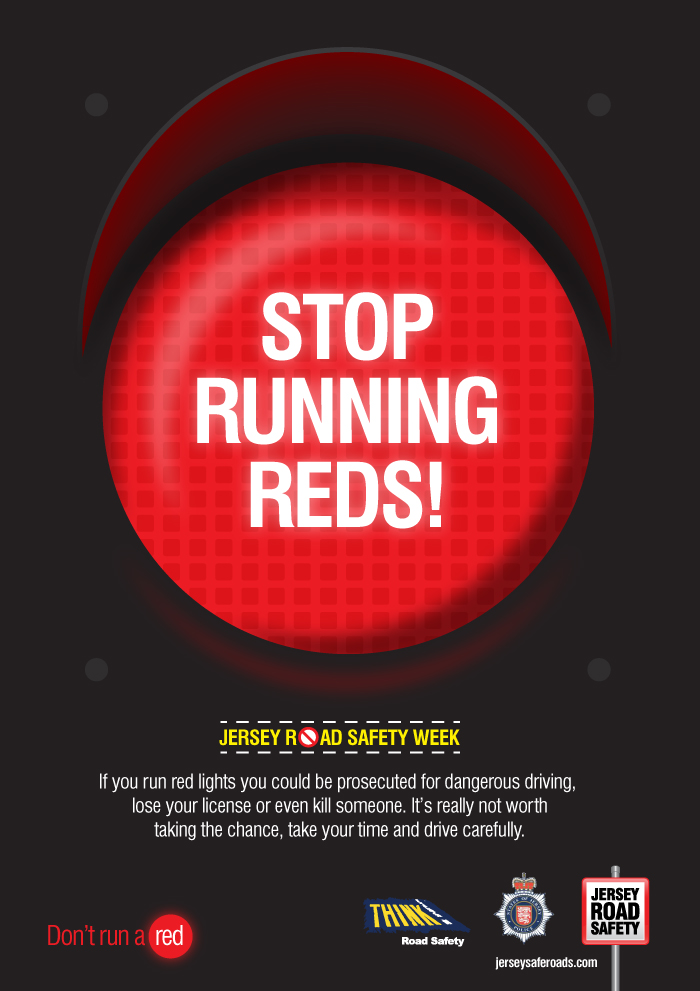


They typically heal on their own within a few months. A flotation belt will help keep you upright and give you stability.īandit: Someone who is participating in the race unofficially, without having registered or paid for an entry.īib: The sheets printed with numbers (called “bib numbers”) used to identify each runner in a race.īlack toenails: Lots of downhill running and too-small shoes can cause these, because both situations cause your toes to slam into the front of your shoe. Get plenty of rest, and allow a few weeks back at lower altitudes before you race again.Īquajogging: Running against the water’s resistance in the deep end, where you can’t touch the bottom, provides many of the benefits of running on land. Dehydration can occur at altitude because the air is thinner and dryer, so drink plenty of fluids. Start your race slower, and build intensity. You won’t acclimate, but you’ll limit your exposure to some of the negative effects of the thin air, such as dehydration and disturbed sleep. If that’s not possible, arriving at altitude just 24 hours before the start is your best bet. Runners find they can train harder and perform better for several weeks after they return from about a month-long stay at altitude. The kidneys then secrete more of a hormone called erythropoietin (EPO), which causes the body to create more red blood cells.

At altitude, the amount of oxygen in the blood is reduced because there’s less oxygen in the air. Altitude training: Elite runners train at altitude to increase their number of red blood cells, improving oxygen delivery to their muscles.


 0 kommentar(er)
0 kommentar(er)
